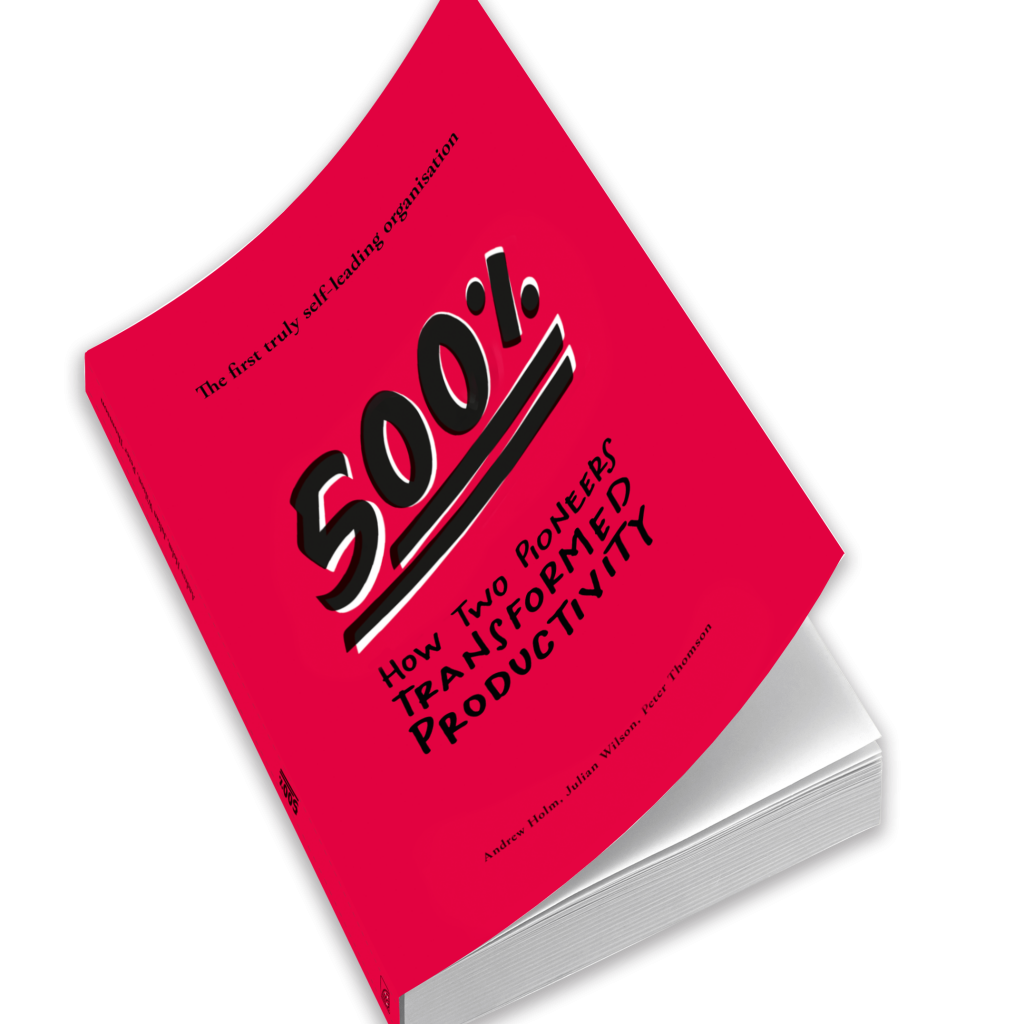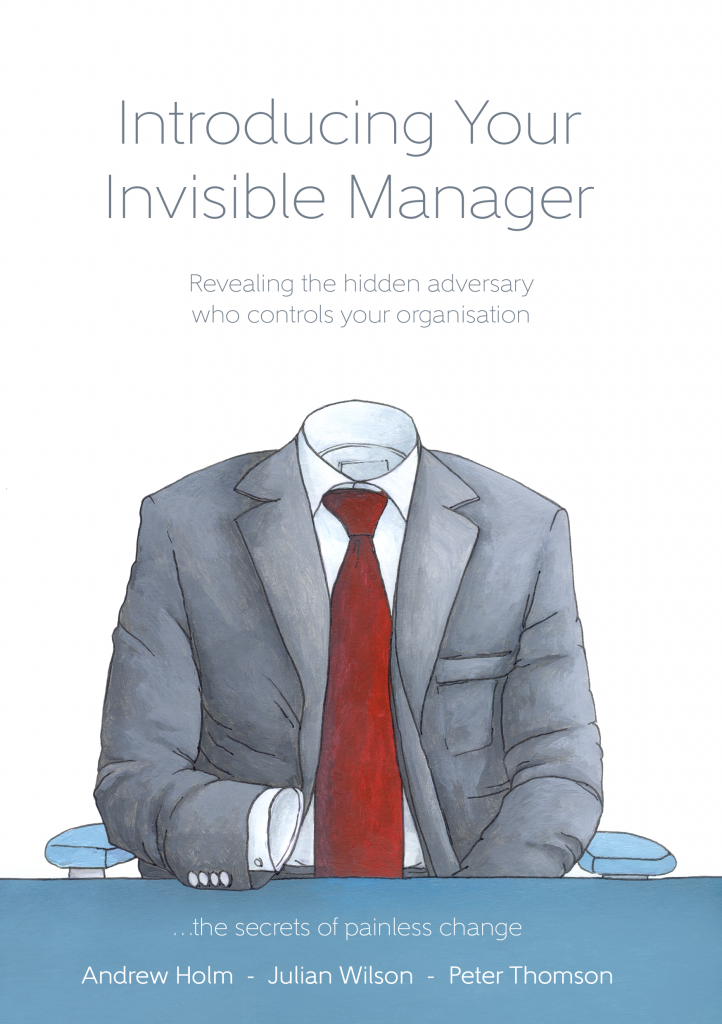
This is the remarkable story of how a company was transformed from a failing business to a highly successful enterprise by making brave and radical changes to the way the employees work.
It tracks a ten year journey from a conventional organisation with management controls and centralised overhead functions, to a self-leading organisational model where every individual in the company runs a complete virtual business. The result is a highly productive work environment with improved profits, increased product quality, less waste, more agility, greater liquidity and high staff engagement.
The two owners of the company took advice from consultants and tried all the conventional ‘Lean’ & ‘Agile ‘ solutions, only to find that they were superficial and made temporary improvements at best. So they used their design skills to fundamentally restructure the business. They stopped telling people what their job was and started to tell them what results were expected.
This success story shows up the inefficiencies of conventional hierarchical and departmentalised organisations and the clear benefits of having individuals take responsibility for all business processes to deliver an outcome. Unlike companies that have layers of management, decisions are made by the people that will have to implement them. The result is a form of ‘responsible autonomy’ which is both challenging and rewarding for the individuals involved. But it takes bold leadership for the directors of a business to throw away the rule book and introduce a new model of work and it takes a multi-skilled workforce to implement it.
This book provides a thought-provoking insight into the future of work. It challenges the role of conventional management and centralised support functions. It shows that organisations can operate successfully without the huge cost and burden of bureaucracy. It’s an example of self-leadership that cannot be ignored.
Back in 2003 Andrew Holm and Julian Wilson faced the challenge of turning round a failing organisation. They tried most of the conventional wisdom but still the company continued on its course towards the “rocks”. Out of despair they approached the problem from another angle. With these insights and innovations they turned the company around and improved productivity by 500%.
This text offers a unique insight into the problems they faced, the critical distinctions they made & the solution they discovered transitioning a traditional bureaucratic (functional & hierarchical) organisation into a truly flat structured, self-leading organisation (SLO).
With many organisations now facing increasing global competition, doing what they have always done is no longer an option. The high cost of bureaucracy associated with the traditional organisational model can no longer be afforded. Only by engaging every individual in adding customer value can the organisation once again have the freedom to “breath” and compete successfully.
It was a remarkable achievement and this book acts as introduction to the subject of self-management and the design of organisational models that support it.
“A must read for anybody involved in a start-ups, mature or failing organisations”



